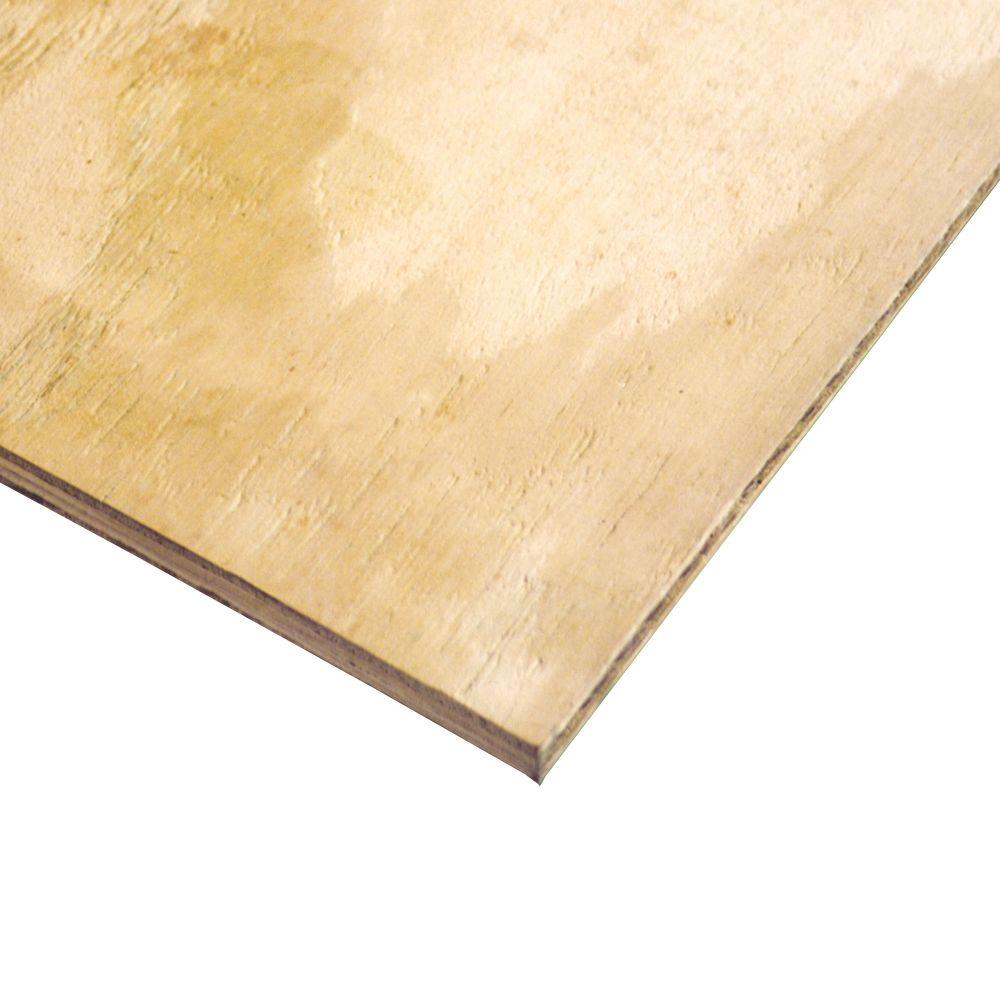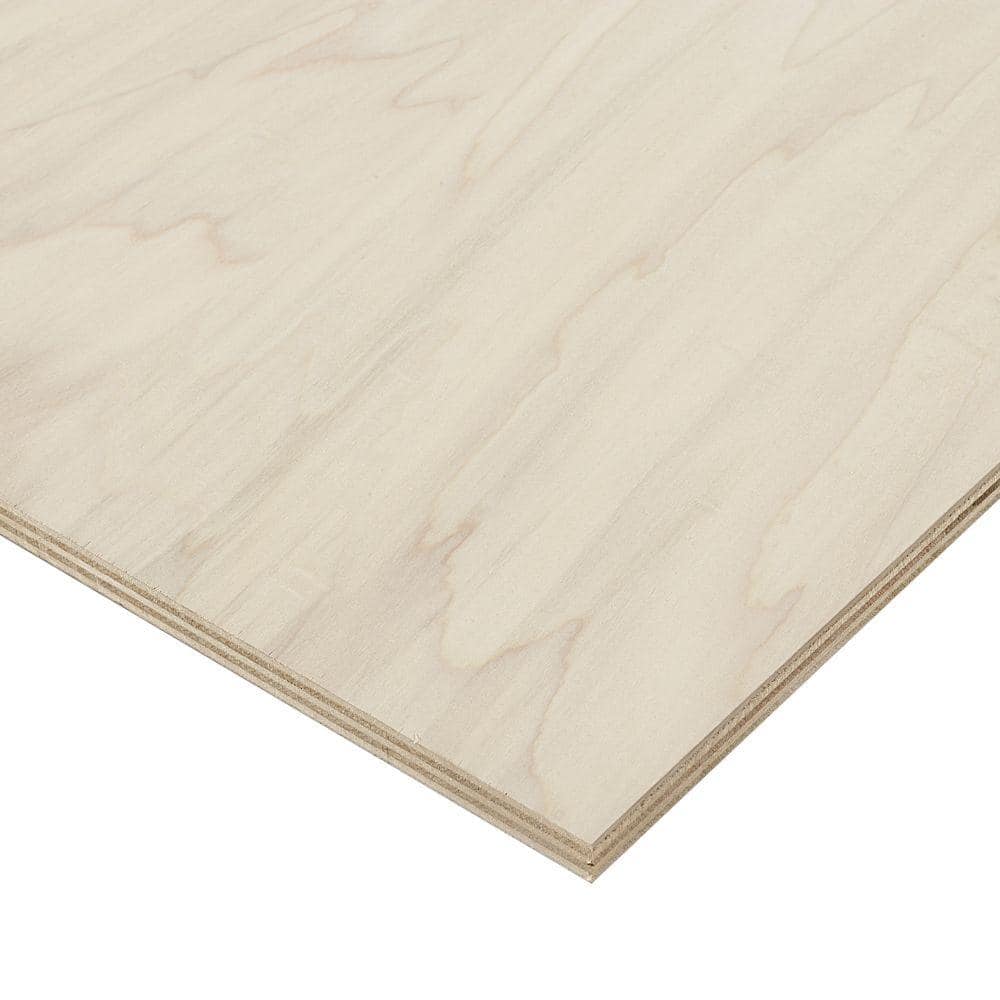If you’re wondering how far can 3/4 plywood span, you’re in the right place! Plywood is a versatile material used in various construction projects, but understanding its span capabilities is essential. In this article, we’ll explore the factors that influence how far 3/4 plywood can span and provide you with some practical insights. So, let’s dive in!
Spanning distances with plywood depends on several factors, such as the thickness of the plywood, the type and spacing of the support system, and the weight it needs to bear. These factors work together to determine the maximum distance a 3/4 plywood sheet can span without sagging or failing.
By understanding the key considerations and taking appropriate measures, you can ensure the structural integrity and safety of your project. So, whether you’re working on a flooring, roofing, or shelving project, this article will equip you with the knowledge you need to make informed decisions. Let’s explore the fascinating world of 3/4 plywood span capabilities together!
When it comes to determining how far 3/4 plywood can span, several factors come into play. These include the type of wood used, the thickness of the plywood, and the load-bearing capacity required. Typically, 3/4 plywood can span up to 32 inches for a residential floor joist system. For commercial or heavy-duty applications, additional supports may be necessary. It’s crucial to consult with a structural engineer or reference building codes for accurate information based on your specific project requirements.

How Far Can 3/4 Plywood Span? Exploring the Strength and Versatility of Plywood
Plywood is a versatile material that is widely used in construction and woodworking projects. One of the key considerations when working with plywood is determining how far it can span without sagging or failing under load. In this article, we will delve into the factors that affect the span capabilities of 3/4 plywood, providing you with a comprehensive understanding of its strength and limitations.
Understanding Plywood Span Ratings
When it comes to determining the span capacity of plywood, it’s essential to look at the span ratings provided by manufacturers. These ratings provide guidelines on the maximum recommended spacing between supports for different thicknesses of plywood. For 3/4 plywood, the span rating typically ranges from 16 to 32 inches.
The span rating takes into account the quality of the plywood, the thickness of the plywood, and the intended use of the material. Manufacturers conduct rigorous testing to determine the load-bearing capabilities of plywood panels and assign span ratings accordingly. It is crucial to adhere to these span ratings to ensure the structural integrity of your project.
The Quality of Plywood Matters
Beyond the thickness of the plywood, the quality of the material also plays a significant role in its span capabilities. Plywood is graded based on the quality of its face veneers, the number of defects, and the type of adhesive used in its construction. Higher-grade plywood, such as A-grade or B-grade, tends to have fewer defects and is generally considered stronger and more durable.
Additionally, the type of adhesive used in manufacturing can impact the strength of plywood. Phenol-formaldehyde and melamine-formaldehyde adhesives are commonly used in exterior-grade plywood, providing enhanced resistance to moisture and humidity. These adhesives contribute to the overall structural integrity of the plywood and enable it to withstand higher loads and spans.
Factors Affecting Plywood Span
In addition to the span rating and plywood quality, several factors can influence how far 3/4 plywood can span. These factors include:
1. Load: The amount of weight the plywood will need to support is a crucial consideration. Heavier loads will require more support and can significantly affect the span capabilities of the plywood.
2. Support Spacing: The distance between supports or joists is an important factor in determining the span of plywood. The closer the supports are, the greater the span the plywood can accommodate.
3. Edge Support: Plywood that is fully supported on all four edges will have a greater span capability compared to plywood that is only supported on two or three sides. Properly securing the edges of the plywood panels is essential for maximizing its span capabilities.
4. Moisture Exposure: Plywood is sensitive to moisture and can weaken if exposed to high humidity or wet conditions. Moisture-resistant or treated plywood can provide better performance in damp environments.
Best Practices for Maximizing Plywood Span
Now that we understand the factors influencing the span capabilities of 3/4 plywood, let’s explore some best practices for maximizing its span:
1. Choose the Right Plywood Grade
Opt for higher-grade plywood with fewer defects and a stronger adhesive. This will ensure better load-bearing capabilities and enhanced overall strength.
2. Follow Manufacturer’s Recommendations
Always refer to the manufacturer’s span ratings and follow their recommendations for support spacing and edge support. Deviating from these guidelines could compromise the structural integrity of your project.
3. Minimize Load and Optimize Support
Distribute the load evenly and employ additional supports if needed, especially for heavier loads. Closer spacing between supports will provide better support and minimize the risk of sagging or failure.
4. Protect Plywood from Moisture
Ensure that the plywood is adequately protected from moisture by using appropriate coatings, sealants, or by choosing moisture-resistant or treated plywood. This will help maintain its strength and prevent premature deterioration.
The Versatility of 3/4 Plywood
In addition to its span capabilities, 3/4 plywood offers a wide range of applications and benefits. Its strength, stability, and ease of use make it suitable for various projects, including:
Furniture Construction
3/4 plywood is commonly used for constructing furniture such as cabinets, shelves, and tables. Its dimensional stability and resistance to warping make it an excellent choice for durable and long-lasting furniture pieces.
Structural Applications
In construction, 3/4 plywood is frequently employed for subflooring, roof sheathing, and wall bracing. Its strength and ability to distribute loads make it ideal for providing structural support and stability.
Decorative Finishes
The smooth and consistent surface of plywood makes it suitable for applying decorative finishes, such as laminates or veneers. This allows for customization and creativity in design while still benefiting from the strength and stability of plywood.
In conclusion, the span capabilities of 3/4 plywood are influenced by various factors, including its span rating, quality, load, support spacing, edge support, and moisture exposure. By understanding these factors and following best practices, you can maximize the span of 3/4 plywood and ensure the success of your projects. Remember to always consult manufacturer guidelines, choose the right grade of plywood, and provide proper support and protection to enjoy the versatility and reliability of this remarkable material.
Key Takeaways
- 3/4 plywood can span distances of up to 24 inches in certain conditions.
- The span of plywood depends on factors like thickness, joist spacing, and deflection limits.
- Using a thicker plywood or reducing the joist spacing can increase the span capacity.
- For common applications, 3/4 plywood is typically suitable for spans up to 16 inches.
- Consulting a structural engineer or following building codes is important for accurate span calculations.
Frequently Asked Questions
When it comes to using 3/4 plywood, there are often various questions that arise regarding its span. Here are some commonly asked questions and their answers:
Can 3/4 plywood span long distances without support?
Yes, 3/4 plywood can span relatively long distances without support, but the maximum span depends on the load it needs to bear and the particular type of plywood being used. Plywood is a strong and rigid material, which allows it to span across joists or beams. However, for larger spans or heavier loads, additional support such as blocking or piers may be required. It’s always a good idea to consult with a structural engineer or follow building codes to ensure safe and adequate support.
Keep in mind that the strength and span capabilities of 3/4 plywood can also vary depending on the specific construction grade. For example, plywood with a higher grade typically has fewer voids and stronger layers, making it more suitable for longer spans.
What is the maximum span for 3/4 plywood?
The maximum span for 3/4 plywood varies depending on several factors, including the type of load it will bear and the specific grade of plywood being used. In general, the maximum recommended span for 3/4 plywood in a single layer without support is usually around 32 inches. However, this can be extended with the addition of blocking or other forms of support.
If you’re using 3/4 plywood for subflooring or roof decking where longer spans are required, it’s common to use multiple layers of plywood with staggered seams to increase the overall strength and span capabilities. Additionally, reinforcing the plywood with framing or other support structures can further increase the span limit.
Is 3/4 plywood suitable for flooring?
Yes, 3/4 plywood is commonly used as a subfloor material for flooring installations. It provides a solid and stable base for various types of flooring materials, including hardwood, laminate, and tile. When properly installed and supported, 3/4 plywood can handle the weight and impact of regular foot traffic without sagging or flexing.
It’s important to ensure the plywood is securely fastened to the joists or subflooring below, following proper installation techniques. Adding an additional layer of underlayment or flooring underlayment can further enhance the performance and durability of the floor.
Can 3/4 plywood be used for shelving?
Absolutely! 3/4 plywood is an excellent choice for building sturdy and durable shelving units. Its strength and rigidity make it able to support the weight of books, objects, or other items placed on the shelves without sagging or bowing over time. When constructing shelves with 3/4 plywood, it’s important to properly secure the edges and provide adequate support in the form of brackets or framing.
For longer spans or heavier loads, reinforcing the shelves with additional supports or dividers can help distribute the weight evenly and prevent any potential sagging over extended periods. Adding a finish or sealant to the plywood surface can also protect it from moisture or damage, extending the life of the shelves.
Is 3/4 plywood suitable for outdoor projects?
While 3/4 plywood can be used for outdoor projects, it is essential to choose the right type of plywood that is specifically designed for exterior use. Exterior-grade plywood is manufactured with waterproof glue and treated to resist moisture, humidity, and other environmental factors that could cause warping or deterioration.
When using 3/4 plywood outdoors, it’s important to protect it from direct exposure to prolonged moisture, such as rain or standing water. Applying a weather-resistant finish or sealant will help enhance its durability and prevent damage. Additionally, proper installation techniques, such as providing adequate ventilation and ensuring proper drainage, can also contribute to the longevity and performance of the plywood in outdoor applications.

Summary
So, how far can 3/4 plywood span? The answer depends on various factors such as the wood species, the joist spacing, and the load being applied. However, in general, 3/4 plywood can span between 16 to 24 inches when used as roof sheathing or subflooring. It’s important to consult a professional or refer to a span table for accurate measurements.
When it comes to building structures, it’s crucial to choose the right materials and consider load requirements. Using 3/4 plywood within its recommended span range helps ensure a sturdy and safe construction. Remember, always consult an expert or refer to span tables for precise measurements to avoid any risks or structural issues.
